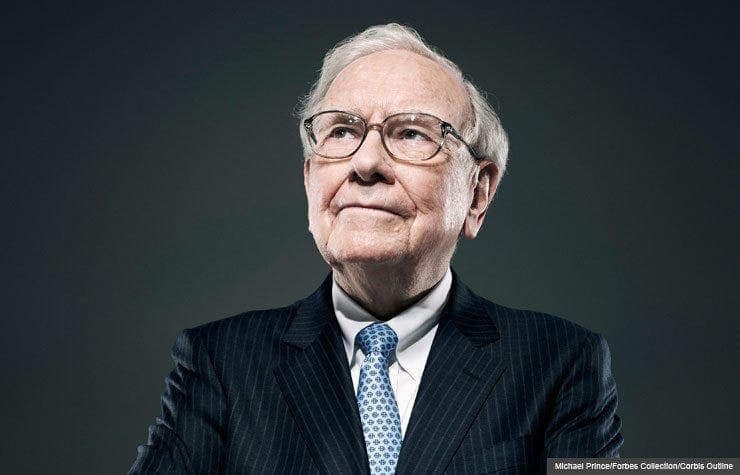The origin of trading can be traced back to the earliest days of human civilization, evolving from rudimentary bartering practices to the intricate global financial systems we recognize today. Early traders were instrumental in laying the groundwork for modern markets, influencing how goods, services, and capital are exchanged across the world.
The Foundations of the Financial System: Early Traders and Practices
Exploring the origin of trading offers a glimpse into the ingenuity and resilience of ancient societies. Bartering, the simplest form of trading, emerged as a necessity when communities needed to exchange goods and services without a standardized monetary system. Civilizations such as Mesopotamia and Egypt are among the first to document these practices.
Markets in these ancient societies were structured, becoming focal points for local economies. These early systems reflected the essential principles of commerce that would shape trading networks over centuries.
Discover how to protect your digital assets with ease! Protect your cryptocurrencies with SafePal, a reliable and secure hardware wallet that keeps your funds safe from hackers and fraud
Maritime Trading and the Role of Phoenician Merchants
The Phoenicians stand out as pioneers in the origin of trading. Their maritime prowess and extensive trade networks across the Mediterranean connected various cultures, introducing goods such as glass, timber, and textiles to new markets.
Phoenician trade practices represent one of the earliest forms of international commerce. As a result, their contributions remain highly significant, influencing not only the evolution of trading routes but also the development of financial practices. These early practices laid the foundation for many systems that would later become the precursors to modern global trade. Consequently, their influence extended beyond their time, shaping the way trade and finance evolved in subsequent centuries.

A Milestone in Financial History: The Amsterdam Stock Exchange
A major leap in the origin of trading occurred with the establishment of the Amsterdam Stock Exchange in 1602. This institution, created by the Dutch East India Company, was the world’s first formal stock exchange. It provided a regulated platform for buying and selling stocks and bonds, revolutionizing trading practices.
This innovation marked the beginning of the modern financial market, setting standards for transparency, organization, and efficiency that continue to shape global markets.
Early Trading Figures and Their Legacy
The first traders were visionaries who navigated uncharted economic territories. Figures such as Jacob Fugger, often called “Jacob the Rich,” demonstrated the influence of individual traders on the financial systems of their time. Fugger’s operations, which included financing governments and managing complex trade networks, highlight the transformative impact of early traders on the origin of trading.
Lessons from History: The Evolution of Trading Practices
Historical events like tulip mania in the 17th century and the Industrial Revolution played pivotal roles in shaping trading. Tulip mania, one of the earliest recorded speculative bubbles, illustrated the risks of unchecked speculation. Meanwhile, the Industrial Revolution expanded markets, facilitated global trade, and introduced technologies that transformed trading practices.
From the telegraph to the internet, technological advancements have consistently driven the continuous evolution of trading. As a result, these innovations have not only made trading faster and more accessible, but they have also made it increasingly interconnected. Consequently, this aligns with the fundamental principles established at the very origin of trading, which emphasized the importance of efficient communication, accessibility, and connectivity in facilitating transactions. Moreover, each new technological leap has built upon the previous one, further enhancing the efficiency and scope of global markets.
Conclusion: The Enduring Legacy of Trading’s Early Days
The origin of trading reveals a rich history of adaptation and innovation. From ancient bartering systems to today’s digital platforms, the journey of trading reflects humanity’s ability to evolve and meet economic challenges. The early traders and practices that shaped the financial markets laid a foundation that continues to influence how goods, services, and capital flow across the globe.
The modern financial market, moving trillions of dollars daily, owes its existence to the principles and innovations introduced during the origin of trading. This legacy underscores the timeless relevance of trading as a cornerstone of economic progress.




One thought on “The Origin of Trading and Its Evolution Through Time”